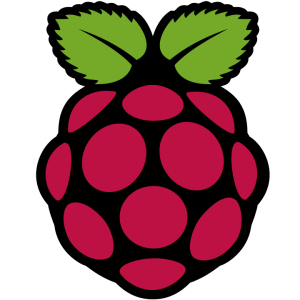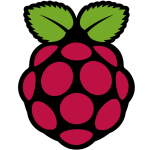Raspberry Pi Project: Telescope Control and Imaging
A while back I did a post on using a Raspberry Pi to control my Celestron CG-5 mount with Stellarium. You can find that post here: http://www.vhersey.com/2015/07/raspberry-pi-telescope-control/
The Raspberry Pi mounted to my 80mm Stellarvue Scope with a solar filter for imaging the sun.
 .
.
Since then I have been working on a self contained, wireless, Raspberry Pi which I could use to not only control the telescope but also capture images from the eyepiece and stream the images to a laptop.
I wanted to keep the project around $100 and make the device completely self-contained so I can potentially use it at astronomy outreach events.
Here are the parts I used for the project:
Raspberry Pi Kit with Pi Camera |
OPT 1.25″ WEB CAMERA NOSEPIECE
|
M12 Lens holder for Raspberry Pi Camera
|
Raspberry Pi Case with Camera Mount |
For the telescope control you will need a USB to Serial adapter. Details on setting this up can be found in my earlier blog post: http://www.vhersey.com/2015/07/raspberry-pi-telescope-control/
I could probably purchase just the parts I needed for a little cheaper, but the Raspberry Pi Kit with Pi Camera comes with a Raspberry Pi 2, the Pi camera, a USB wireless adapter, and a bunch of other bits and pieces I can use for other projects. So it is a deal.
All the parts came to just over $100 delivered (I already had the USB to Serial adapter).
The M12 adapter attaches to the Pi camera and has M12 threads to attach the 1.25″ nose piece. This allows me to replace the telescope eyepiece with my Raspberry Pi device. I removed the lens from the Pi Camera since I will using the prime focus method (replacing the telescope eyepiece with the Raspberry Pi Camera) to capture images.
I had to modify the case, by drilling out the camera hole and removing the camera board pins in the case to make room for the M12 adapter. I used auto trim adhesive to mount the adapter in the case. Here is the case with the Raspberry Pi 2 and the Pi camera on the M12 adapter:

Once it is all buttoned up you have a nice neat little package to use for both telescope control and imaging.

The software bits I am using can be found here https://github.com/herseyc/RaspberryPi/tree/master/telescope
I set up an ad hoc wireless network with the USB wireless adapter which allows me to connect directly to the Raspberry Pi using my laptop. I can then VNC to the Raspberry Pi’s desktop to kick off my scripts for telescope control and image captures.
I put together a couple of shell scripts. One which allow me to focus, which takes shorter captures. This allows you to use a bright object to get good focus (a bright star, such as the sun). This is also what I used for imaging the Sun since I do not need longer exposures. The other I can use for longer exposures once I have focus. There are two variables shutter which is the exposure length in milliseconds, and iso which is the ISO to use. You can also make adjustments to the options for raspistill (such as brightness or saturation) as needed. For imaging the Sun I set the brightness to 20.
The shell scripts use raspistill to capture images and then streaming the images done using MJPG-streamer to create a stream which can be accessed with browser. Details on setting this up can be found here: http://blog.miguelgrinberg.com/post/stream-video-from-the-raspberry-pi-camera-to-web-browsers-even-on-ios-and-android
This past weekend I tested the camera and telescope control. Here is an image of a Sunspot I took using the Raspberry Pi camera mounted to my 80mm Stellarvue Scope:

Pretty good results, I think. I can control my mount using Stellarium and capture images from a single Raspberry Pi. Looking forward to trying it at night on a nebula or galaxy.



